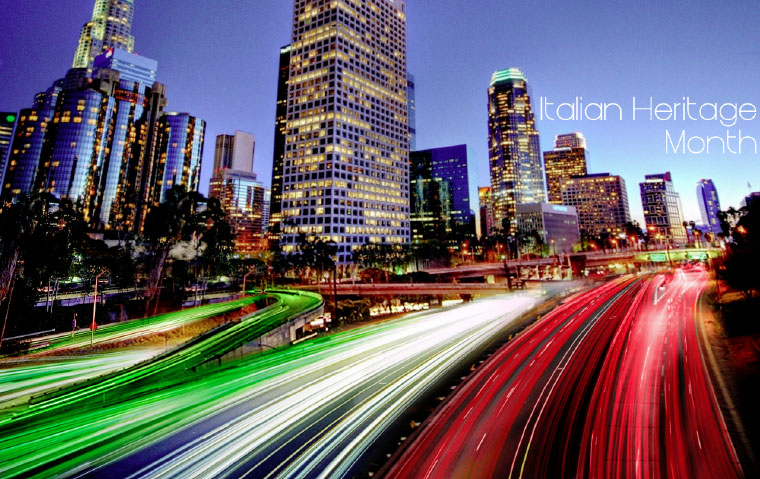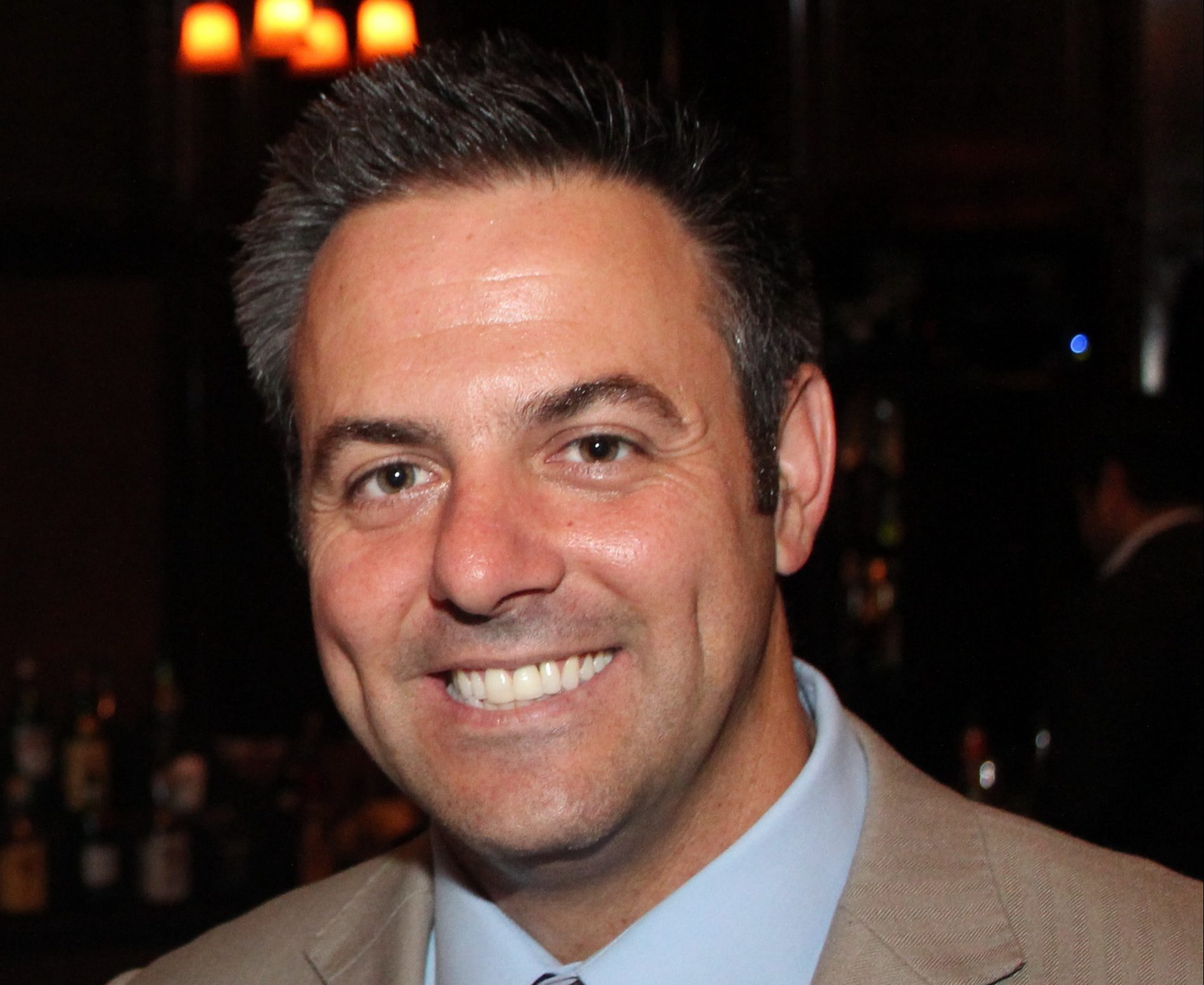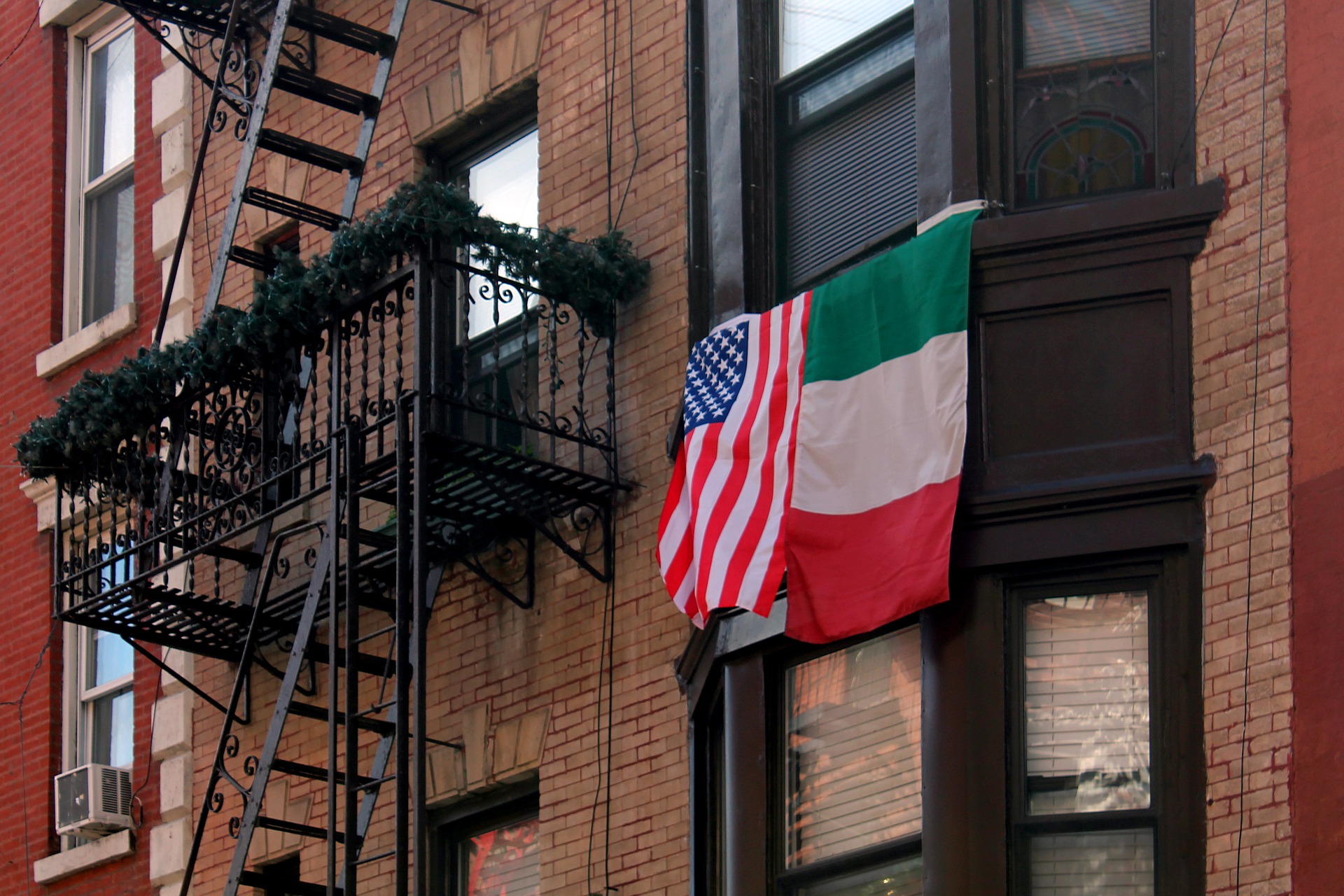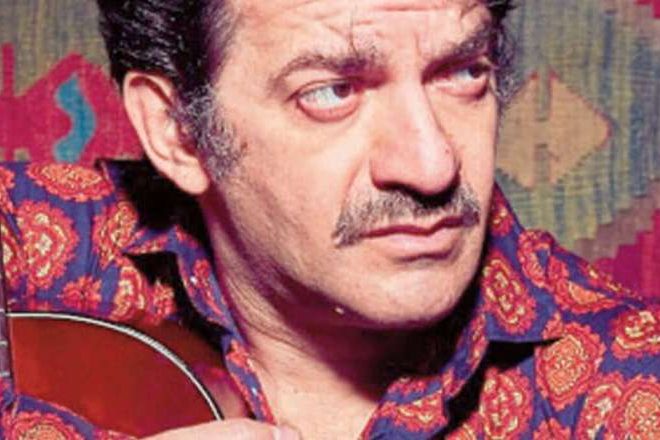As the Italian-American Heritage Month is about to end, a special Council presentation by Councilman Joe Buscaino, was held at the L.A. City Hall, on October 21st, to honor several remarkable personalities relevant to the Italian-American community.
Very fittingly, the event took place in the Council Chambers, entitled to late John Ferraro (1924-2001), the longest-serving (35 years) Los Angeles City Council member, an Italian-American leader, son of Italian immigrants operating in the macaroni business.
That reminds us once again that the history of L.A., the State of California, as well as the United States as a whole, was and is being made by immigrants, who often – if not always – go through a lot of hardship, but by means of rolling up their sleeves and working hard and tirelessly, are able to rise to glory.
Joe Buscaino opened his speech by mentioning the pivotal significance of last week’s state dinner at the White House, with President Barack Obama, the First Lady Michelle Obama, Italy’s Prime Minister Matteo Renzi and his wife Mrs. Agnese Landini.

As Buscaino reminded the audience, Americans of Italian descent are today’s fifth largest ethnic group in the US.
Among the numerous talented Italian-Americans, who have been enriching Los Angeles with their talents, but more importantly with their big hearts, this year’s honorees were: late Stefano Finazzo, Joe Mantegna, Carmela Funiciello and the Drago family.
Sicilian-born Stefano Finazzo – who passed away unexpectedly on last September 23rd – emigrated permanently to San Pedro, California, in 1966.
He was a proud advocate of his homeland traditions and culture. In 1990, founded the Trappeto Club of San Pedro, serving as President for many years. He also fulfilled several positions within the organization of Sons of Italy.
Every Saturday, he used to bring his children to Italian classes at “Casa Italiana,” to keep them connected with their homeland’s language and culture.
Throughout the years, Finazzo fought for having a monument built in commemoration of the Italian fishermen, of vital importance for the economy of San Pedro.
In 2009, he also received the title of “Cavaliere” by the President of Italy’s Republic.
Second honoree was Tony-awarded and three times Emmy nominee, actor Joe Mantegna, Chicago-born of Sicilian descent.
Buscaino and Mantegna got to know each other, during the LAPD Memorial Foundation’s fundraiser for the families of the victims in the line of duty.
It’s impossible to list here all the actor’s credits, but certainly Mantegna’s long time collaboration with Chicago-born playwright and filmmaker David Mamet deserves an honorable mention.
In fact, Joe’s interpretation as salesman Richard Roma in Mamet’s Pulitzer-Prize-awarded play, Glengarry Glen Ross, garnered Mantegna a Tony Award for Best Featured Actor in a Play.
On screen, Mantegna is widely known for his performances in several box office hits, including Three Amigos (1986), The Godfather Part III (1990), Forget Paris (1995) and Up Close & Personal (1996).
More recently, Joe earned Emmy Award nominations for his roles in three different TV miniseries: The Last Don (1997), The Rat Pack (1999), and The Starter Wife (2007). In 2011, Mantegna received a star on the Hollywood Walk of Fame, next to his childhood’s idol, Errol Flynn.
Currently, Mantegna plays the role of Italian-American FBI Supervisory Special Agent David Rossi, in the CBS television series Criminal Minds.
Next up on stage, was Carmela Funiciello, born on the island of Ischia (off the gulf of Naples, Italy), who resettled with her family in San Pedro, like other 30,000 islanders did over the last decades.
Recently, she was recognized by Italian RAI TV program, Cara Francesca, as “one of the best advocates for promoting Italian culture, traditions and lifestyle in the U.S.”
She played an instrumental role in forming the Los Angeles, Ischia, Sister City agreement, whose ten-year anniversary was recently celebrated in the presence of Italian Minister of Foreign Affairs.
Last but not least, the Sicilian-born Drago family of restaurateurs (you may remember my interview with Celestino for one of L’Italo-Americano’s past issues), made of four brothers and one sister.
Rapidly rising to success, since the 1980s, today they own, or co-own a total of 11 restaurants, across the greater Los Angeles area.
Celestino, the elder brother, in particular, is regarded as one of the pioneers of Southern Italy’s cuisine, and, particularly, Sicilian specialties in L.A.
The event was not a one-man show, as Joe Buscaino called to the lectern Consul General of Italy, Antonio Verde.
The latter reiterated the special bond and multi-level cooperation between Italy and the U.S., as underscored by President Obama and Prime Minister Renzi, in the course of the last state dinner of Obama’s mandate.
The Consul remembered the sacrifices faced by the Italian immigrants to the U.S., as well as the contributions to the city of such personalities as the above mentioned John Ferraro, Simon Rodia, and Renzo Piano, who designed The Academy Museum of Motion Pictures, set to open in 2017.
He also stressed out how “Italy has had a Consular office in Los Angeles for over a century, one hundred and fifteen years, to be exact.”
The annual celebrations of the Italian American Heritage Month, recognize an essential part of the city’s and the nation’s identities, in a spirit of inclusiveness, friendship and mutual respect that need to be preserved for our future.
The Consul concluded, by talking about the recent inauguration of the Italian American Museum of Los Angeles (IAMLA), key to celebrating Italian-American contributions to this city and this country, as well as embodying the “Historia Magistra Vitae” motto, by teaching fundamental lessons through our shared past.
The speech section of the event concluded with a surprise appearance by the Mayor of Los Angeles, Eric Garcetti, whose ancestry is 1/4 Italian, 3/16 Mexican, 1/16 Irish, and 1/2 Ashkenazi Jewish.
He expressed his pride to have an Italian family name and emphasized as L.A. hasn’t always been the worldwide capital of entertainment, but originated as a winemaking area, with the contributions of so many Italian vine growers and farmers.
As the celebrations moved out to the Spring Street Forecourt, for a lunch catered by Chef Frankie Competelli – with musical accompaniment by singer Maria Elena Infantino and the youth vocal group, made up of the Da Capo students directed by Rich D’Anna – I had the chance to talk briefly with Councilmember Joe Buscaino.
Please, introduce yourself. How was growing up in an Italian-American household?
I’m Joe Buscaino, councilman representing L.A. City Council District 15, that encompasses the communities – made up of about 250,000 people altogether – and neighborhoods of San Pedro, Wilmington, Vinegar Hill, Harbor City, the Harbor Gateway, and Watts.
I’m first generation Italian-American. My mother and father emigrated from Sicily to San Pedro – renowned for its fishing and canning industries – in pursuit of a better future.
They raised my sisters and I, instilling us the importance of faith, family and service. Most importantly, as Italian-Americans, we feel the urge of giving back to our communities.
We always used to welcome everybody – no matter what their background was – and have they come over at our house.
In that spirit, I joined the Los Angeles Police Department (LAPD), serving for fifteen years up to the rank of sergeant of police.
When former councilmember, Janice Hahn, was elected to the House of Representatives, leaving vacant her seat, I stepped in as first Italian-American councilman in an area like San Pedro, that has the largest presence of Italian-Americans (about 40,000) in the whole state of California.
I was an outsider, with no background in politics, no backing from the City Council or even the State of California. However, Italian-Americans who hadn’t felt represented for decades, finally recognized a familiar name and voted for me.
When my wife – daughter of Italian immigrants like myself – and I got married, our over five hundred Italian-American attendees at the wedding, filled in our wedding list with donations, that literally helped my political campaign.
As I mentioned earlier, I feel the need to give back to our community, by promoting and recognizing Italian-American contributions, not only during the Italian-American Heritage Month, but throughout the year, as well.
Last summer, for the first time, I led a delegation to Italy, focusing on trade, culture, entertainment. We signed the sister port agreement between the Port of Palermo and the one of Los Angeles.
We also visited our sister city, Ischia, during its annual film festival.
Lastly, we had a meeting in Rome with representatives from Confindustria (General Confederation of Italian Industry), with a special focus on the so-called “green technologies,” that are currently thriving in Italy. We learned a lot and aim at introducing more of that technical expertise here in L.A.
What’s your take on the delicate question of establishing Indigenous People’s National Day as Los Angeles City’s Holiday at the expense of Columbus Day?
The threat posed Columbus Day as L.A.’s City Holiday by the institution of Indigenous People’s National Day is very divisive. That is something very unusual in the shared multiculturalism, that traditionally characterizes Los Angeles.
Columbus needs to be celebrated as the man, who opened up the migrant route to the American continent. Major cities across the country, such as New York, Chicago and Cleveland celebrate his symbolic relevance through parades.
Italian-Americans in L.A. need to make their voices be heard. At the same time, our mayor and the council – despite united in the believe that Indigenous People’s National Day is a necessity for our city – don’t have to replace one culture for another. That’s just contrary to who we are as Angelenos.





























